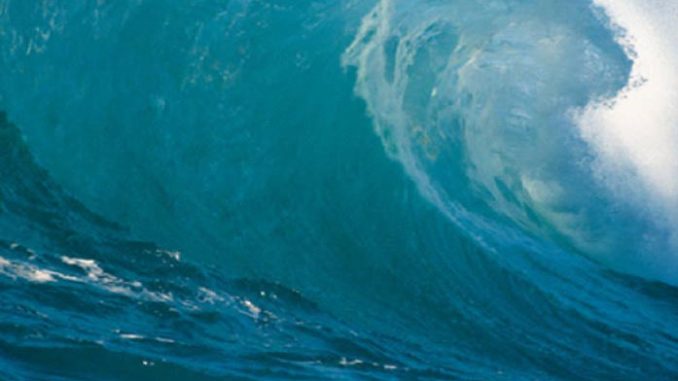
This article originally appeared in the Arizona Daily Independent in January 2020.
Since the Colorado River may not supply us with all the water we need, we should turn to the oceans.
Desalination of sea water can produce the freshwater we need to augment our natural supplies. The most common method is reverse osmosis where the sea water is forced through a semi-permeable membrane which removes the salt.
However, the process is energy intensive which some environmentalists claim will put more dread carbon dioxide into the atmosphere if the electricity comes from fossil-fuels. That can be solved by powering the plants with small, dedicated nuclear generators. (Powering such plants with wind or solar energy will make freshwater production intermittent and unpredictable.)
The other claim by some environmentalists is that the effluent from the desalinization process, very salty brine, is harmful to wildlife. A new study shows this concern is overblown.
A seven-year study, jointly conducted by Southern Cross University and the University of New South Wales at the Sydney (Australia) desalination plant found that when the plant was in operation, fish population in the area almost tripled. Fish populations decreased to normal when the plant was not operating. The Sydney plant has a capacity of producing 74,000 acre-feet of water per year.
Lead researcher Professor Brendan Kelaher said, “At the start of this project, we thought the hypersaline brine would negatively impact fish life. We were surprised and impressed at the clear positive effect on the abundance of fish, as well as the numbers of fish species. Importantly, the positive effects on fish life also included a 133 per cent increase in fish targeted by commercial and recreational fishers. As to why fish like it so much, we think they might be responding to turbulence created by dynamic mixing associated with the high-pressure release of the brine. However, more research is needed.” (Source) The report mentions no detrimental effects on fish or other sea life. The research was published in the journal Environmental Science & Technology. http://pubs.acs.org/doi/abs/10.1021/acs.est.9b03565
I did try to find information on negative impacts to marine life of concentrated brine being pumped into the ocean, but all I could find was speculation, no actual physical evidence. Apparently harm is minimal. As noted by marine biologist Daniel Cartamil of Scripps Institution of Oceanography, intake water may contain tiny organisms (plankton), including the eggs and larvae of marine life. None of these organisms survive their journey through the plant. However, this entrainment typically accounts for only about 1 percent or 2 percent of plankton mortality in a given area. Cartamil says this about the salty brine discharge: “In theory, marine life (particularly plankton) could be harmed by prolonged exposure to salinity levels higher than those they normally cope with. The most common solution to this problem is to mix the brine back into the seawater with high-speed jets, a process so efficient that salinity levels are effectively back to normal within 100 feet of the release point.” (Source)

Perhaps Arizona, California, and Mexico will take heart and build more modern desalination plants near the Sea of Cortez and the Pacific Ocean to help ease our dependence on the Colorado River. Some of the salt could be recovered for industrial applications. There is a desalination plant in Yuma, built in 1992 to treat agricultural runoff and conserve water in Lake Mead. But its technology is outdated. There is also a desalination plant just north of San Diego with a capacity of 56,000 acre-feet per year. Building more and bigger desalination plants powered by nuclear generators is technologically feasible but politically problematic.
Note to readers:
Visit my blog at: https://wryheat.wordpress.com/
Index with links to all my ADI articles: http://wp.me/P3SUNp-1pi
Index also on ADI: https://arizonadailyindependent.com/columnist-jonathan-duhamel/
My comprehensive 30-page essay on climate change: http://wp.me/P3SUNp-1bq
A shorter ADI version is at https://arizonadailyindependent.com/2013/08/01/climate-change-in-perspective/
